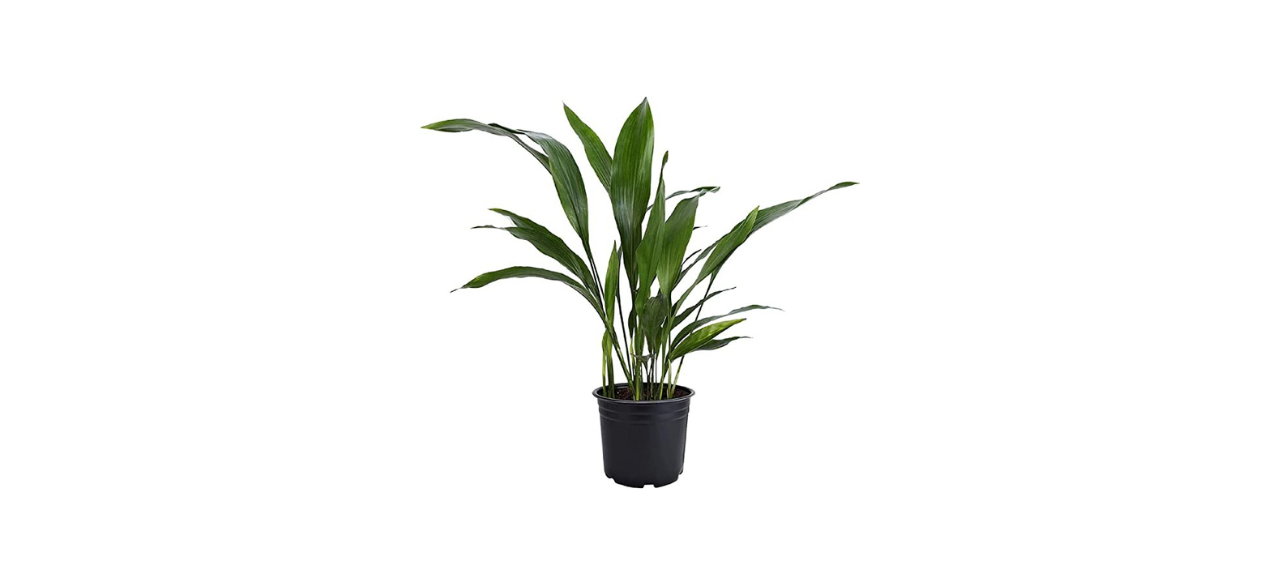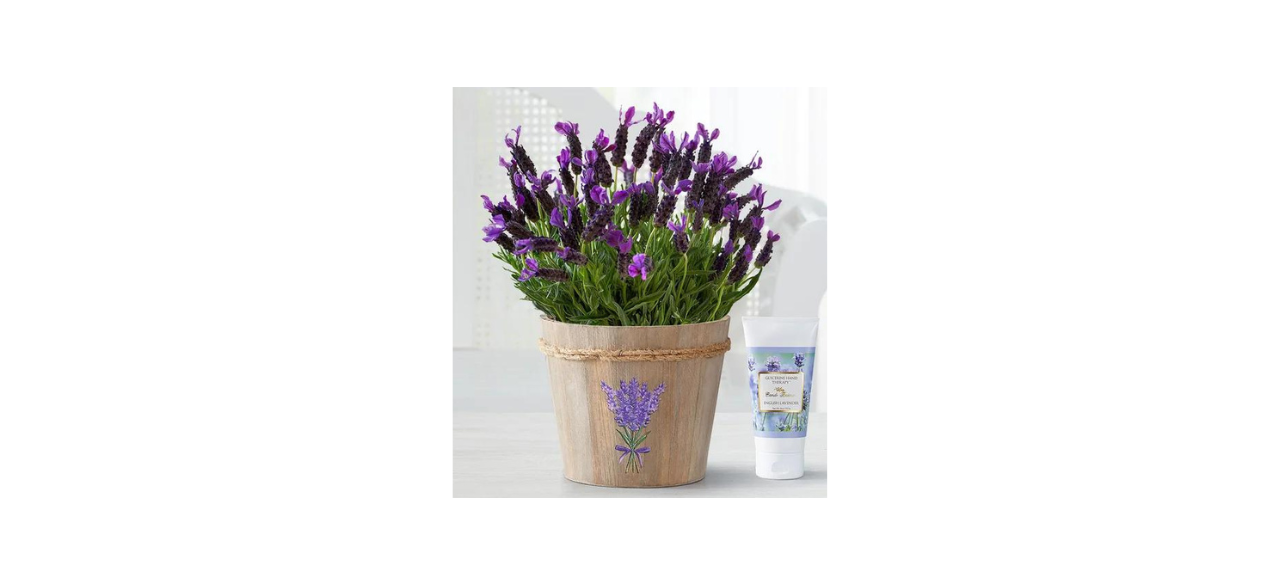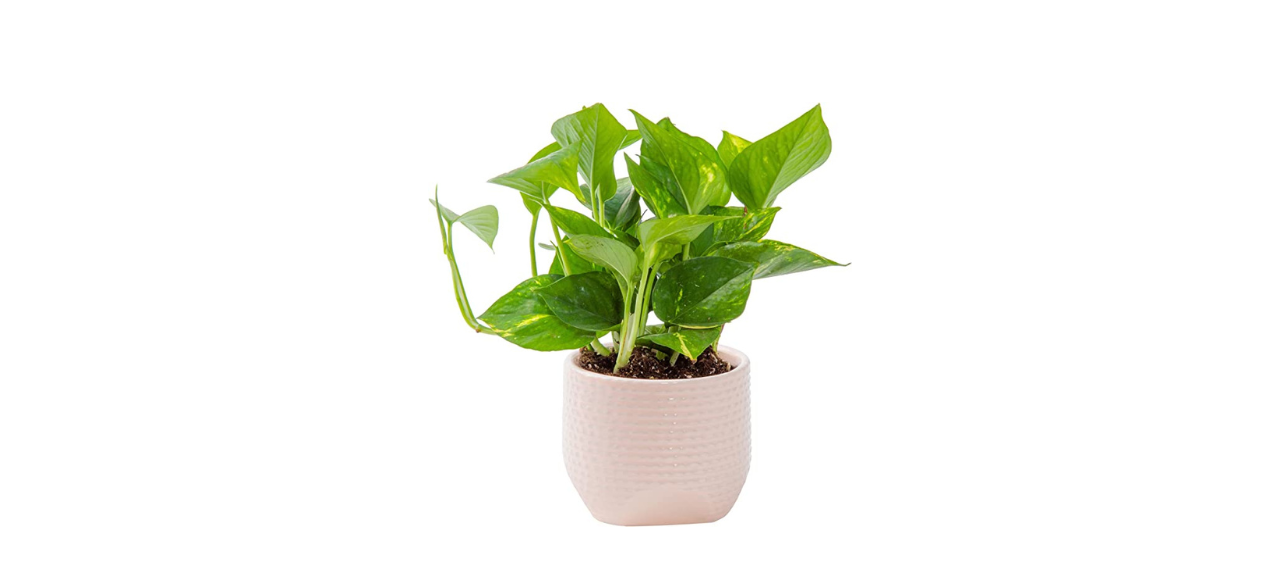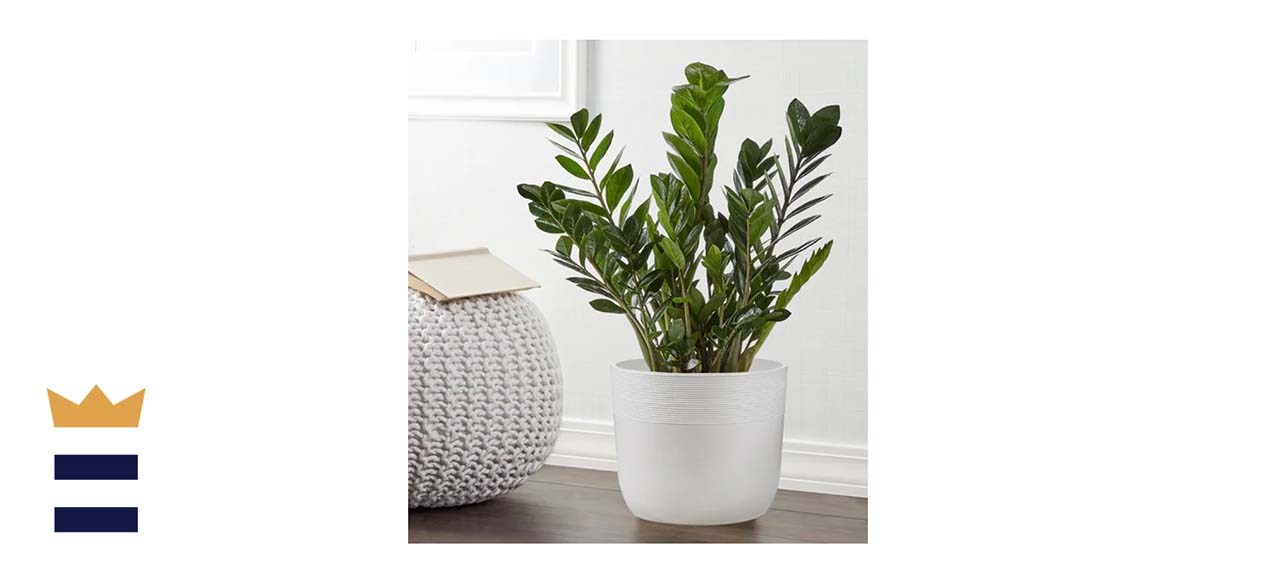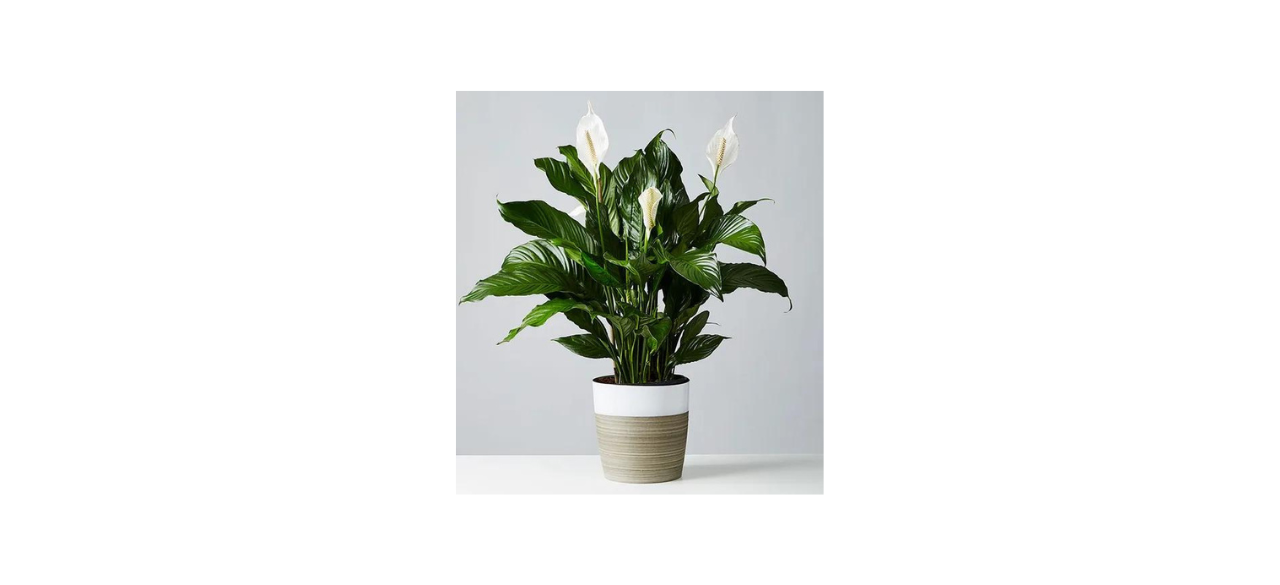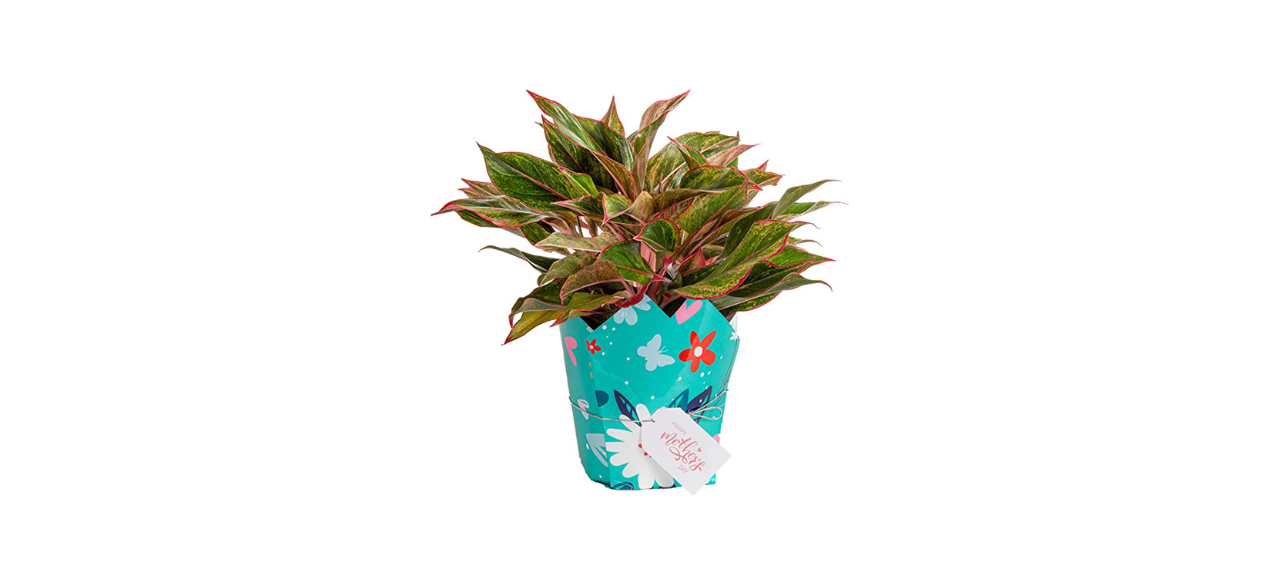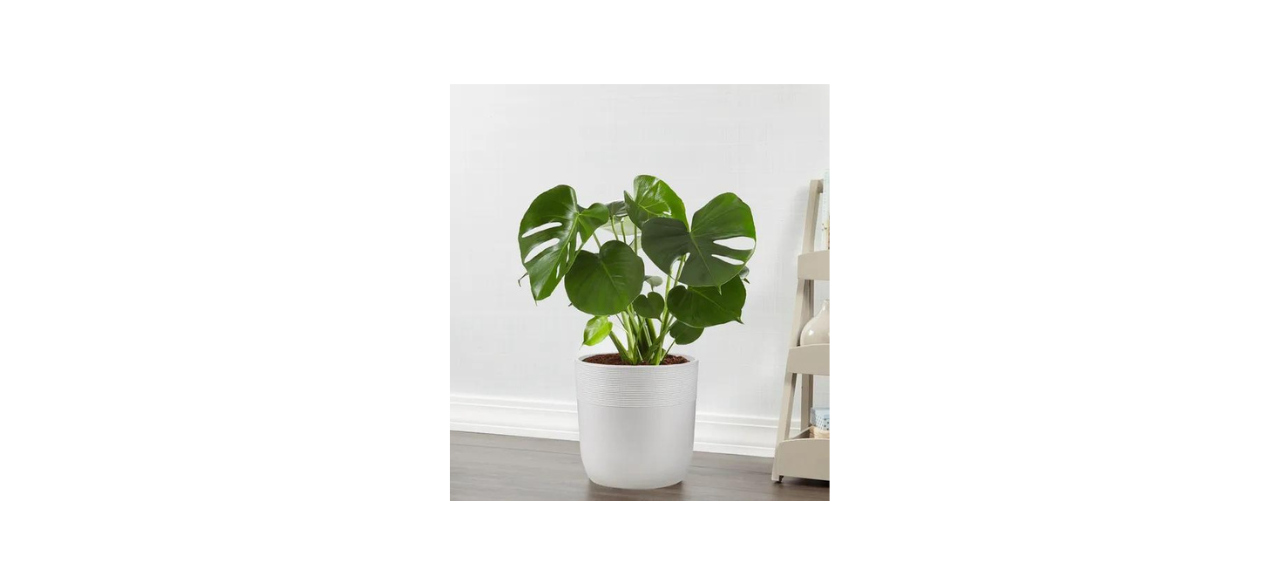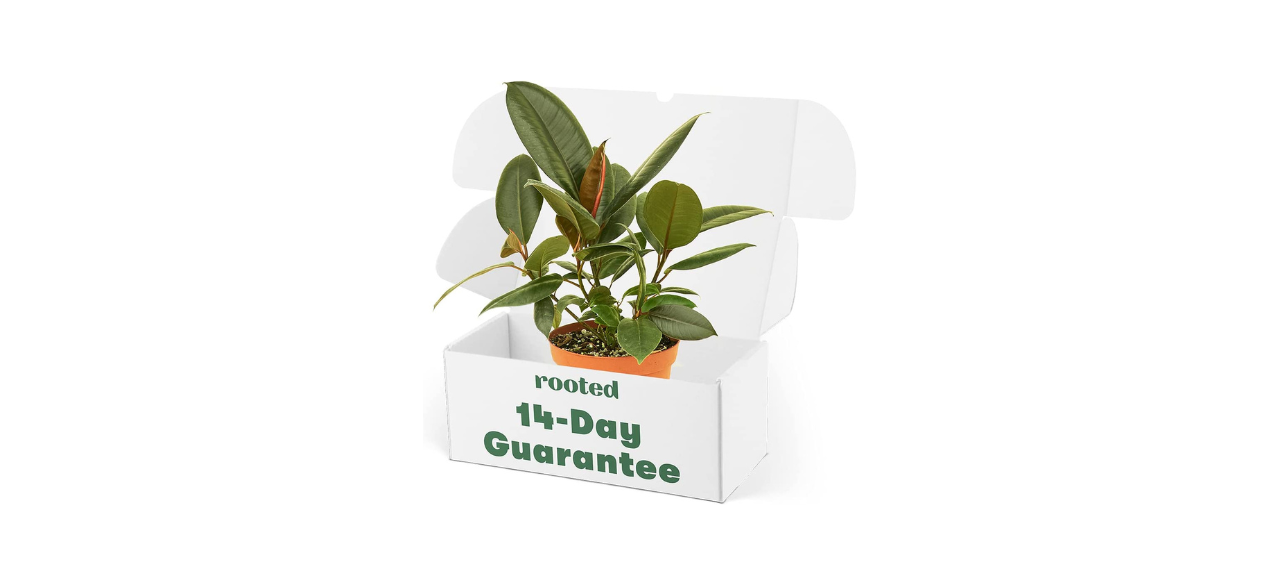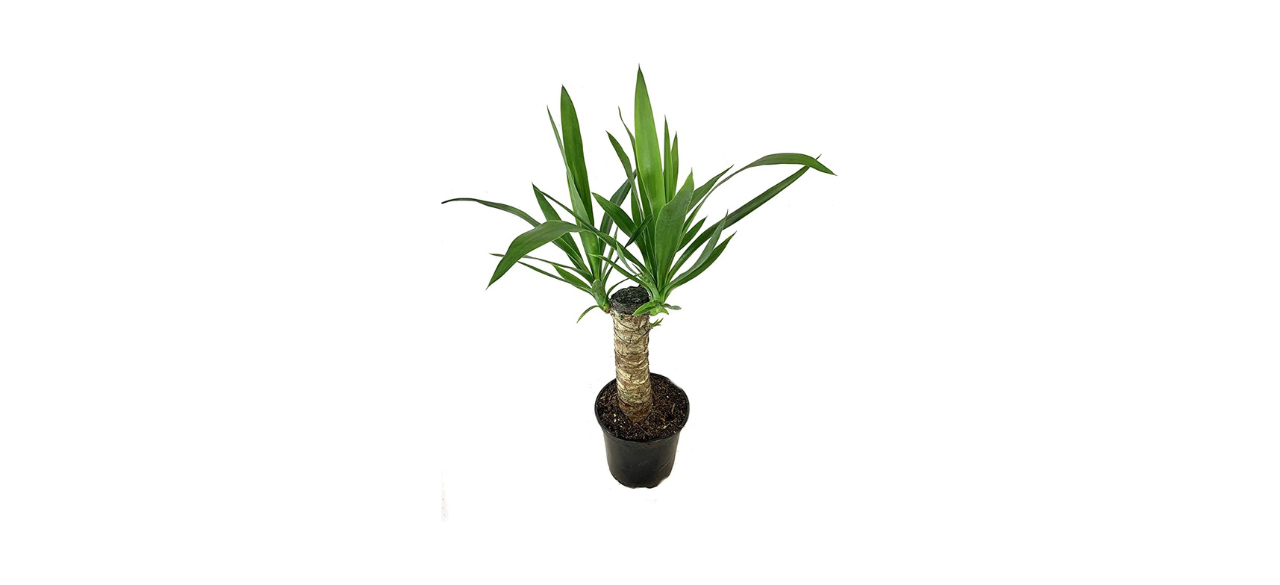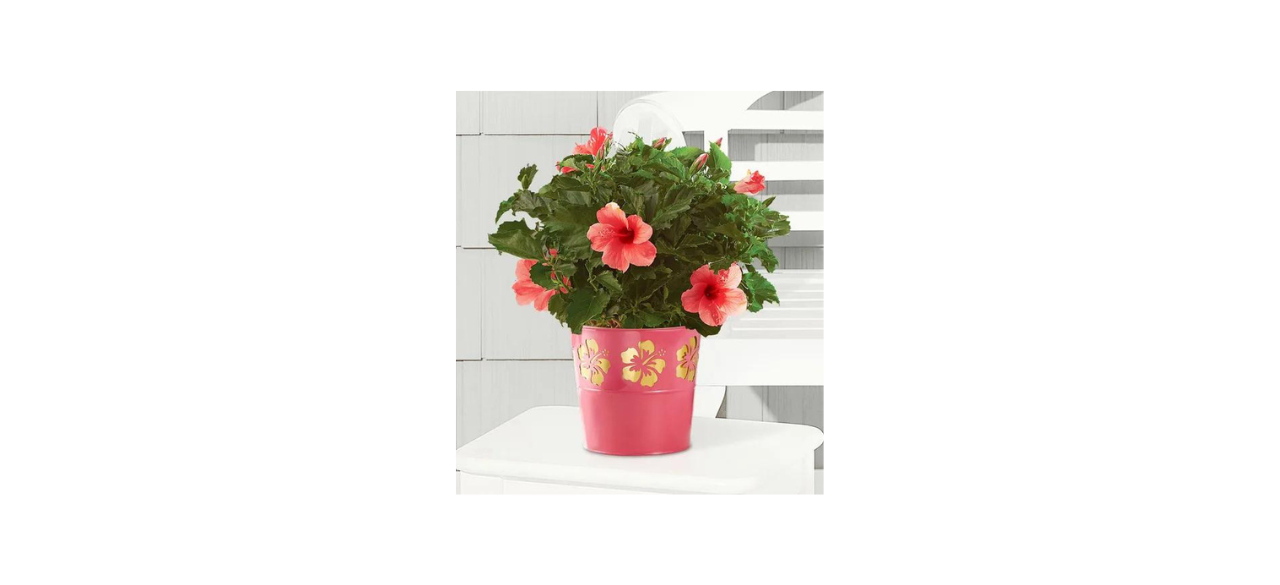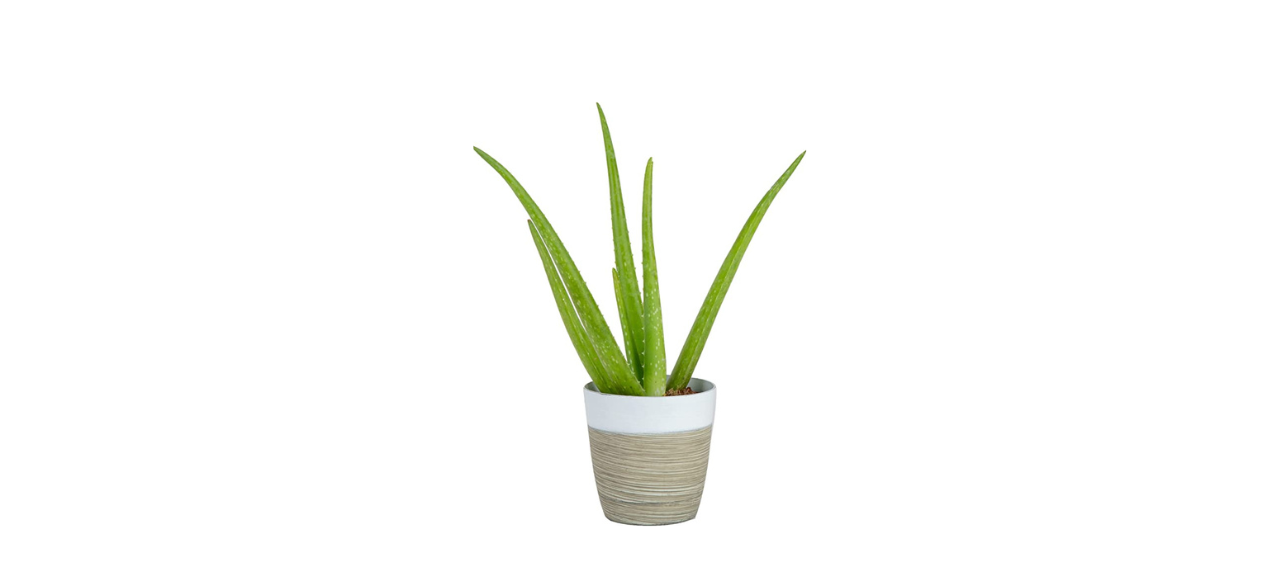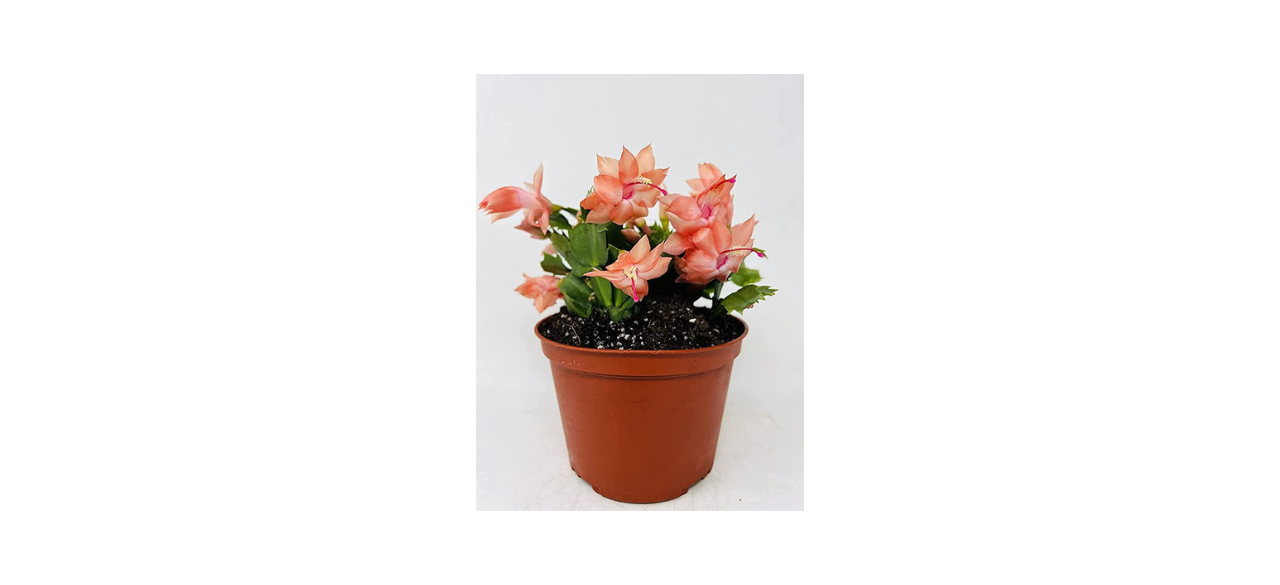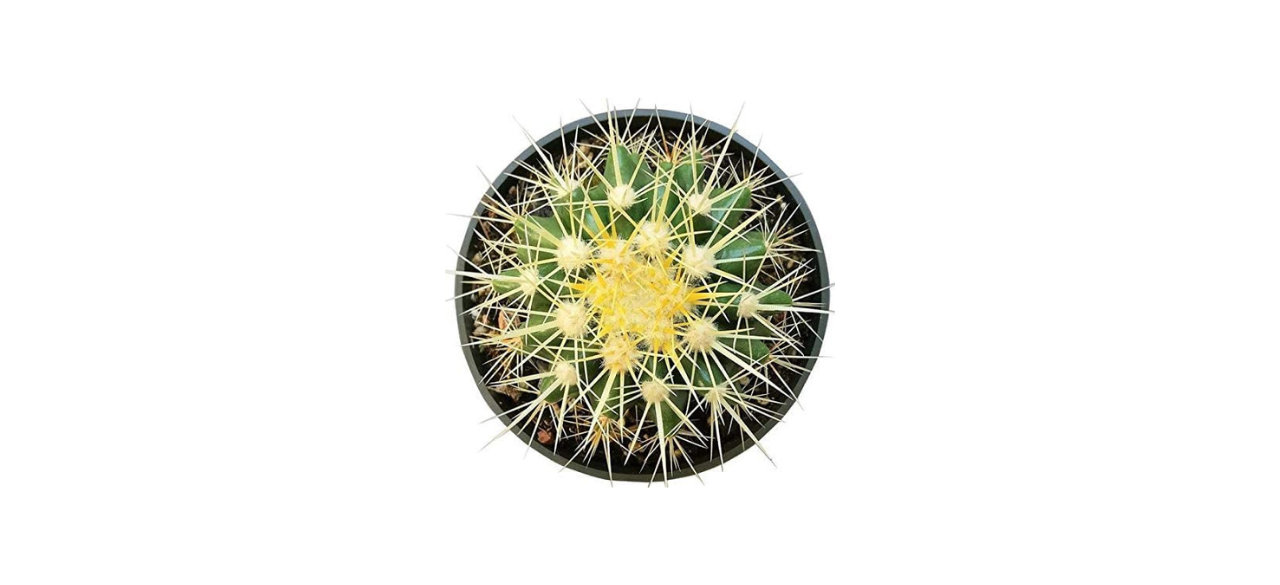Plants liven up any home, but they look especially nice in rentals, where permanent decorating isn’t always possible.
While there are hundreds of plants you could keep indoors, not all will be right for your environment or experience. You can narrow down your choices by considering factors such as light and humidity requirements and the complexity of care.
Once you know more about the options available, you’ll soon be cultivating your own indoor garden.
What to consider when choosing houseplants
Not all plants have the same requirements. Some need bright sunlight to thrive while others prefer shady positions. Some need humid environments while others need dry conditions. It’s up to you to decide how much time and energy you have to put into caring for your plants. There’s no shame in choosing low-maintenance varieties if plant care isn’t high on your agenda.
How much time you have
It’s a good idea to think about this first. Some plants need more attention than others. This attention can consist of daily misting, regular pruning and frequent fertilizing, which can be time-consuming. Consider how much time you have to dedicate to your plants. If you want plants you can just tend once every week, you should avoid high-maintenance varieties.
Lighting conditions
Think about where you want to position plants before you pick out plants for those spots. A sunny, south-facing windowsill is perfect for light-loving plants, including most cactuses and succulents, but it can scorch the leaves of others.
If you’re looking for a plant for a particular location in your home, always check its light requirements to make sure they match up. Luckily, there are plenty of low-light plants available for parts of your home that don’t get much sun.
Water requirements
How often a plant needs watering is an important factor when picking one out. Know what your chosen plant needs so you don’t over- or under-water it.
You should also consider whether the water requirements are something you can commit to. It’s fine not to want to water plants daily, but don’t choose varieties that need consistent moisture levels if so.
Space
It’s common to cram plants into spaces that are too small for them, but this causes problems with airflow and doesn’t give them enough room to spread out. Choose a plant size conducive to the space you have and be prepared to move plants when they outgrow their current homes. Utilizing hanging planters can also save floor space.
Humidity
Some plants, including orchids and most ferns, thrive in humid conditions. These can be hard to recreate at home, but bathrooms and kitchens are more humid due to steam from baths, showers and cooking. Cactuses and succulents are native to arid areas and tend to prefer lower humidity.
Indoor plant care
It’s good to learn more about how to take care of indoor plants before you commit to buying one. Some plants require more specialist care than others, but even learning the basics will help you out.
Watering
All plants need watering, though some more often than others. It’s easy for beginners to assume that more water is better than less water, but overwatering is a common way of killing plants. If you aren’t sure about the water requirements of a given plant, look them up.
Fertilizing
When kept in containers, the nutrients in soil deplete over time. As such, plants are happier when you fertilize them at least semi-regularly. When they’re actively growing in the spring and summer, fertilize plants every two to three weeks. The rest of the year, do so once every six weeks.
Wiping
Wiping down the leaves of plants with a damp cloth once every three or four weeks removes built-up dust and dirt so your plant can absorb sunlight more efficiently. Be gentle and avoid wiping the leaves of plants with fluffy down or other coatings that could be damaged or removed by the process.
Trimming
Trimming back dead leaves and overgrown parts helps keep them in good condition. With flowering plants, “deadheading” (removing the dead flower heads) can keep them blooming throughout the whole growing season.
Best low-maintenance indoor plants
American Plant Exchange Cast Iron Plant
Nicknamed the cast iron plant because it’s so tough, it’s hard to kill an aspidistra — it can grow in a range of light conditions and it’s not too fussy about regular watering. The lush, dark green leaves make it an attractive choice.
Sold by Amazon
Hirt’s Gardens Reverse Variegated Spider Plant
Although you must remember to water spider plants once the top couple of inches of soil dry out to avoid the edges of their leaves going crispy, they don’t need much care beyond this. They grow easily and produce pups you can propagate into new plants.
Sold by Amazon
Ferns have a reputation for being hard to care for, but asparagus ferns are low maintenance — perhaps because they’re not technically ferns, rather belonging to the lily family. They can thrive in both bright and shady spots, Just remember to keep their soil moist.
Sold by Amazon
If you’re looking for an indoor plant that will add color and fragrance to your home, lavender is the obvious choice. It doesn’t like too much moisture, so you don’t need to remember to water it too often — just find it a sunny window and it will be happy.
Sold by 1-800 Flowers
Best indoor plants for low light
Costa Farms Easy Care Devil’s Ivy
While it needs a little attention to thrive, this striking trailing plant can survive with practically no light and long periods of drought. It’s a great choice for anyone who often forgets about plants or who is away from home regularly.
Sold by Amazon
With few requirements beyond occasional watering, the ZZ plant (short for Zamioculcas Zamiifolia) is a great choice for a houseplant in a shady spot. This one is a large floor-sized plant that comes with a decorative planter.
Sold by 1-800 Flowers
Thriving in shady spots, peace lilies are perfect for rooms that don’t get much direct sunlight or spots far away from a window. Not only do they have lush green foliage, but they grow lovely white blooms if you care for them properly.
Sold by 1-800 Flowers
Costa Farms Aglaonema Red Chinese Evergreen
Because Chinese evergreens require moderate to high moisture, you’ll need to remember to water yours regularly. However, light isn’t such an issue because it does well in partial to full shade.
Sold by Amazon
Best indoor plants for bright light
Monstera Deliciosa Floor Plant
Also known as Swiss cheese plants due to their holey leaves, monsteras enjoy bright but indirect sunlight. Their gorgeous large, broad, glossy leaves make them popular plants.
Sold by 1-800 Flowers
Rooted Rubber Tree Ficus Elastica
A great plant for beginners, the rubber tree will thrive with weekly watering and a bright spot, although direct sunlight should be avoided. Its broad shiny leaves need wiping to keep it looking its best and help it thrive.
Sold by Amazon
Wekiva Foliage Yucca Cane Plant
These drought-tolerant plants need bright but indirect sunlight to thrive. In the right position, yucca plants are fairly low maintenance.
Sold by Amazon
Placed in direct sun, such as on a sunny windowsill, hibiscus plants reward you with large, beautiful blooms. This one comes with a pink planter with a hibiscus flower design.
Sold by 1-800 Flowers
Best indoor succulents and cactuses
Probably the best known of all succulents due to its medicinal properties, aloe vera is easy to care for and reproduces easily, growing pups you can repot.
Sold by Amazon
Hirt’s Gardens Sunset Jade Plant
As it grows, the stems of this succulent become woody. It can even grow huge and treelike given enough time. It likes plenty of sun but only needs watering when the soil has dried out.
Sold by Amazon
JM Bamboo Christmas Cactus Plant
This might not be what you picture when you think about cactuses, but it blooms beautifully in winter, making it an attractive indoor plant. This one has orange flowers.
Sold by Amazon
Succulents Box Golden Barrel Cactus
Native to the southwest U.S., this cactus can grow as large as 2 feet tall and 3 feet wide, though it grows slowly. It can produce bright yellow flowers in spring and summer.
Sold by Amazon
Want to shop the best products at the best prices? Check out Daily Deals from BestReviews.
Sign up here to receive the BestReviews weekly newsletter for useful advice on new products and noteworthy deals.
Lauren Corona writes for BestReviews. BestReviews has helped millions of consumers simplify their purchasing decisions, saving them time and money.
BestReviews spends thousands of hours researching, analyzing and testing products to recommend the best picks for most consumers.
Copyright 2023 BestReviews, a Nexstar company. All rights reserved.

